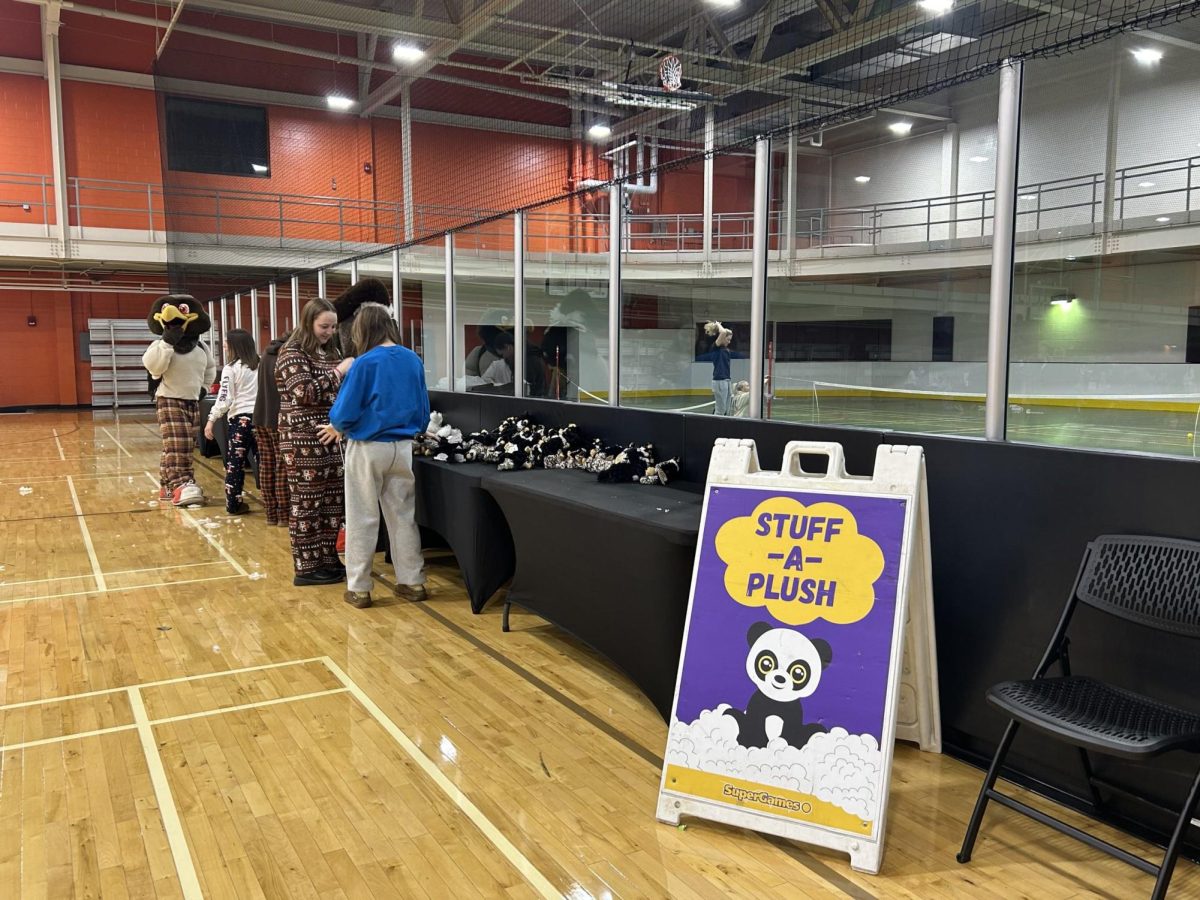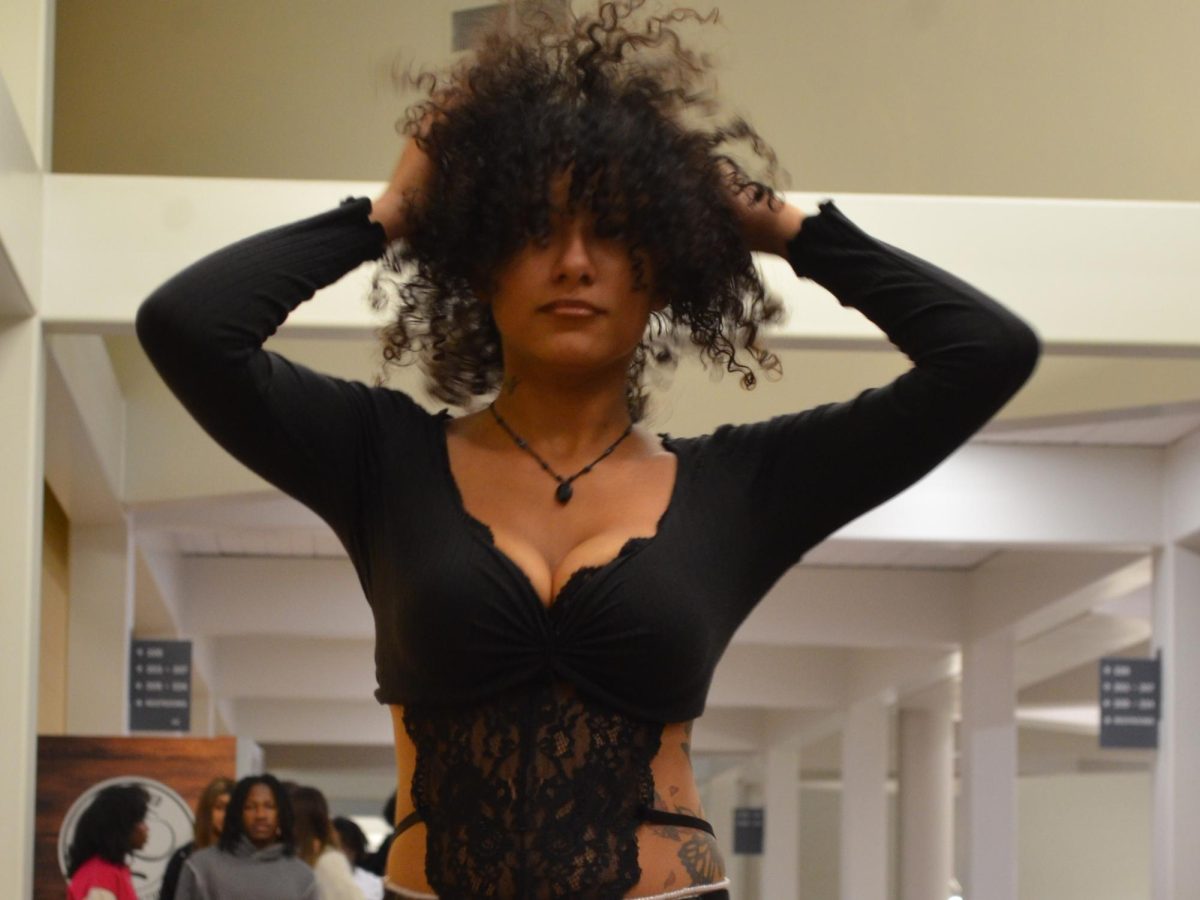A large focus for many colleges and universities is the issue of diversity.
Universities strive to have a wide variety of races and ethnicities on their campuses to show that they value diversity and equality.
Here at the University, there are offices whose main duty is to promote diversity on campus. With Black History Month being celebrated, it is important that students know the missions of these offices and what they are actively doing to make the University as diverse as possible.
To understand diversity on campus, one must know the literal definition: the inclusion of different types of people regarding race and culture into a group or organization.
From this, one realizes that diversity is not based solely off the color of one’s skin, but instead the culture and ethnicity of a person.
Just because someone doesn’t look “diverse” does not mean they do not come from a diverse background. This is why diversity is often confusing to people and misconstrued in many contexts.
The Office of Multicultural Affairs has three main focuses, according to the University’s website: retention of diverse student populations, multicultural programming and diversity education. They work to promote a welcoming, socially-just and inclusive campus community.
Another office dedicated to this issue is the Office of Equity and Diversity (OED). They monitor compliance with federal and state equal opportunity and non-discrimination laws. They oversee employment and investigate complaints of discrimination and harassment.
This office even conducts programs to educate students, faculty and staff on issues regarding those things mentioned above.
Also, on their webpage, one can report discrimination and hate crimes seen on campus.
Another interesting diversity program on campus is the Diversity Peer Educators. These are student leaders that help create an inclusive campus by advocating issues of diversity amongst the student body.
These students lead by example and help promote cultural awareness and create other leaders to spread the word of diversity among their peer groups. This helps create a welcoming campus overall.
These offices and programs make diversity their priority and if people want to get involved to help promote their goals, one can certainly do so.
According to enrollment statistics from the University’s website, in 2011 the majority of students enrolled in undergraduate programs were white, numbering 11,658. Other minorities numbered 3,406, 22 percent of all students, which included black, American Indian, Asian, Hispanic and other ethnicities.
When I walk on campus, the diversity of the student body is very evident.
In my opinion, diversity goes beyond race and includes gender as well. I fail to see one dominant race, ethnicity or gender on campus, which leads me to believe that the University is being successful in its diversity programs and expeditions.
The University’s effort to make a diverse campus is not only evident in enrollment statistics, but also in its faculty and staff. Diversity is also present in University mailings, imagery and advertisements.
Furthermore, it is easy for students to become involved in the diversity initiative by joining student clubs and organizations geared to race, ethnic recognition and promotion. These clubs work to promote awareness and acceptance of different races, ethnicities, genders and sexualities on campus.
Also, these clubs give people the opportunity to seek out others of the same background so that they can connect, find common ground and share their diversity together.
In order to make an inclusive campus, a university must encourage open minds and acceptance towards people of different ethnicities, races and genders. No matter what color, size, origin or sex, people are people and the acceptance that humans are diverse is central to several of the University’s offices and programs.
In my opinion, the University needs to keep up the good work on their diversity initiatives and further their efforts so that as a student body we can grow to be accepting of all people.







